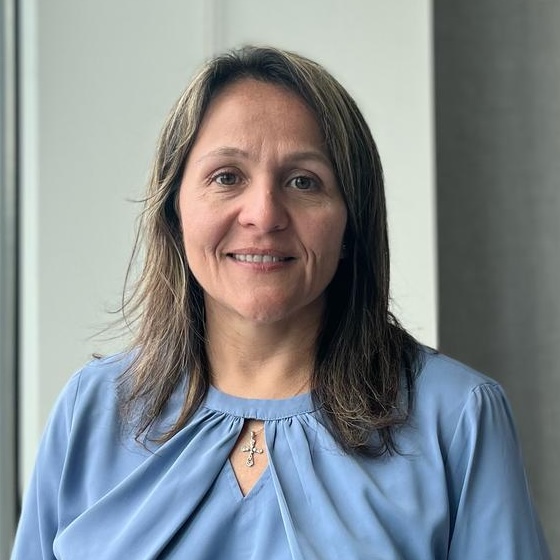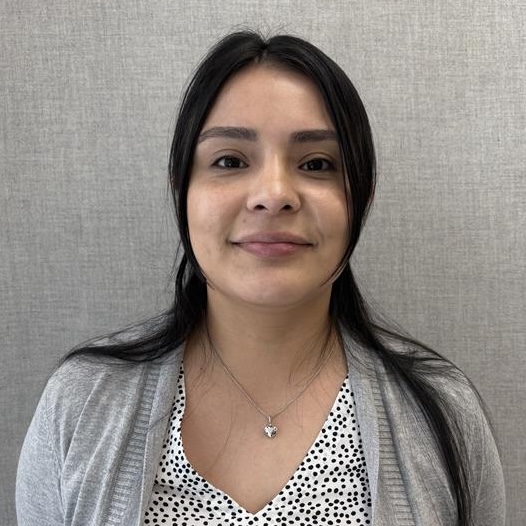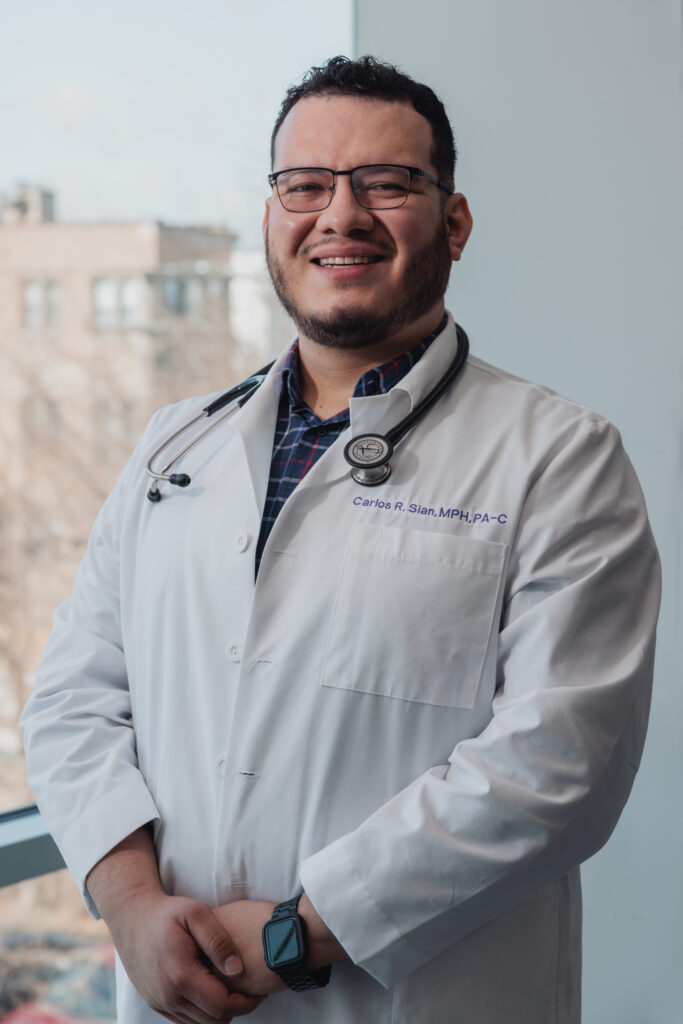In the past, the most common type of diabetes to affect children and teens was type 1 diabetes. This is also referred to as juvenile diabetes. In children with type 1 diabetes, their bodies do not produce insulin, a hormone responsible for helping deliver glucose into the cells. While type 1 diabetes is quite common in children, pediatricians are also seeing a rise in type 2 diabetes in children and teens. This coincides with an increase in childhood obesity rates.
Symptoms of Type 1 Diabetes
While type 1 diabetes can appear in children of any age, it’s most commonly diagnosed in children between the ages of 5 and 6, and 11 to 13. It’s important to recognize the symptoms of type 1 diabetes early, as high blood sugar levels can lead to serious complications. Symptoms of type 1 diabetes typically appear suddenly, and the most common symptoms include,
- Frequent urination, particularly at night
- Excessive thirst or hunger
- Weight loss, despite increased appetite
- Cuts, bruises, and wounds that don’t heal or are slow to heal
Symptoms of Type 2 Diabetes
Unlike type 1 diabetes, type 2 diabetes symptoms usually appear gradually. While type 2 diabetes has always been considered “adult-onset” diabetes, this has changed over the years, thanks to the obesity epidemic in children. If your child is obese or overweight, they may be at an increased risk for developing type 2 diabetes. Symptoms of type 2 diabetes are similar to type 1 diabetes, the only marked differences in symptoms are,
- Blurry vision
- Severe fatigue
- Tingling or numbness in the hands and feet
Treating Diabetes in Children
Even though there is no cure for diabetes, there are ways that your child’s pediatrician can help manage their symptoms. The goal of treatment is to control blood sugar levels to prevent complications and lessen symptoms.
The standard treatment includes managing diabetes through insulin therapy, which involves either daily insulin injections or an insulin pump. You will also need to monitor your child’s blood sugar levels throughout the day. Along with insulin therapy, you will also want to make sure that your child is eating a healthy diet and is getting regular exercise (at least one hour a day).
If your child is overweight or showing signs of diabetes, you must talk with your child’s pediatrician right away. A simple blood test can check their blood sugar levels and determine whether or not they have diabetes. Since uncontrolled diabetes can lead to serious health problems, it’s a good idea to see a pediatrician as soon as possible.









